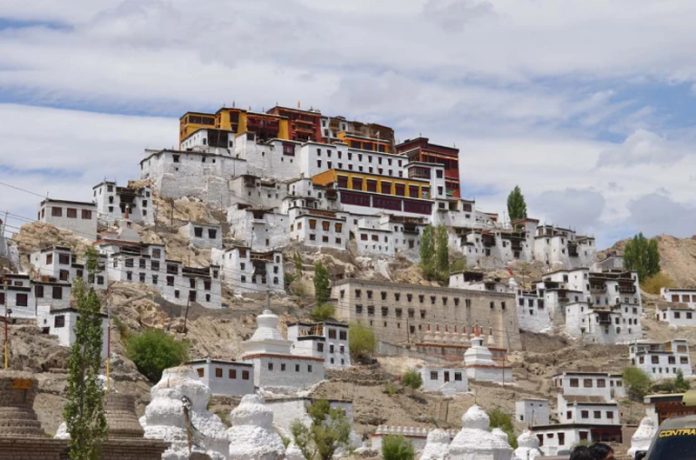The significance of archives and artifacts in preserving a region’s cultural heritage is beyond any doubt. These treasures are not merely relics of the past; they are the very essence of a community’s identity, offering insights into its history, traditions, and collective experiences. For the UT of Ladakh, the transfer of these invaluable assets from J&K is not just a bureaucratic process-it is a crucial step towards asserting its distinct cultural identity. However, over four years since the bifurcation of the former state into two Union Territories, this vital transfer remains pending, raising concerns about the preservation and protection of Ladakh’s heritage. The J&K Reorganisation Act, passed by the Parliament on October 31, 2019, set the legal framework for the creation of the UTs of J&K and Ladakh. This legislation also mandated the apportionment of assets, liabilities, and manpower between the two regions. While many of these tasks have been completed, the transfer of archives and artifacts pertaining to Ladakh has been inexplicably delayed. This is despite the fact that a committee constituted by the Ministry of Home Affairs has already identified the items belonging to Ladakh.
Archives and artifacts serve as the custodians of history, offering tangible links to the past. For Ladakh, a region with a unique cultural and historical narrative, these items are invaluable. The archives contain primary sources such as personal papers, official records, and photographs that chronicle the region’s history and evolution. They provide a window into the lives of past generations, their struggles, achievements, and day-to-day experiences, thus helping the people of Ladakh connect with their heritage.
Artifacts, on the other hand, offer a more physical connection to the past. These objects, ranging from ancient manuscripts to religious artifacts and tools used in daily life, provide evidence of the region’s cultural, economic, historical, religious, and social aspects. They reflect the values, motivations, and aesthetic sensibilities of Ladakh’s people, offering insights that cannot be captured through written records alone. Moreover, artifacts express human experiences and emotions in ways that verbal discourse cannot, making them essential for a comprehensive understanding of Ladakh’s heritage.
The delay in transferring these cultural assets highlights the challenges of managing such a complex process. The Ladakh Administration has already constructed a modern repository in Leh, designed to store these archives and artifacts safely and securely. However, the actual transfer is contingent on several factors, including the completion of digitisation, finalisation of transportation logistics, and inspection and approval of the repository by a committee from the Ministry of Home Affairs.
The recent directive by the Chief Secretary of J&K to expedite the process and complete the transfer within a month is a positive development. However, this timeline must be adhered to, given the prolonged delay so far. The importance of proper security and careful handling during the transfer also has to be taken care of. These items are irreplaceable, and any damage or loss would be a significant blow to Ladakh’s cultural heritage.
Furthermore, once the transfer is complete, there should be a focus on making these cultural assets accessible to the public. The digitisation of archives, for instance, would allow for easier access and research, enabling scholars, students, and the general public to explore Ladakh’s rich history. Exhibitions, both physical and virtual, could showcase these artifacts, bringing Ladakh’s heritage to a wider audience.
As Ladakh continues to navigate its future as a UT, it is essential that its cultural heritage is preserved, protected, and celebrated. The timely and careful transfer of these archives and artifacts is a crucial step in this process, one that must be prioritised to ensure that Ladakh’s rich heritage is passed down to future generations. The one-month deadline set by the J&K administration must be seen not just as a target but as a commitment to preserving the identity and history of Ladakh.


